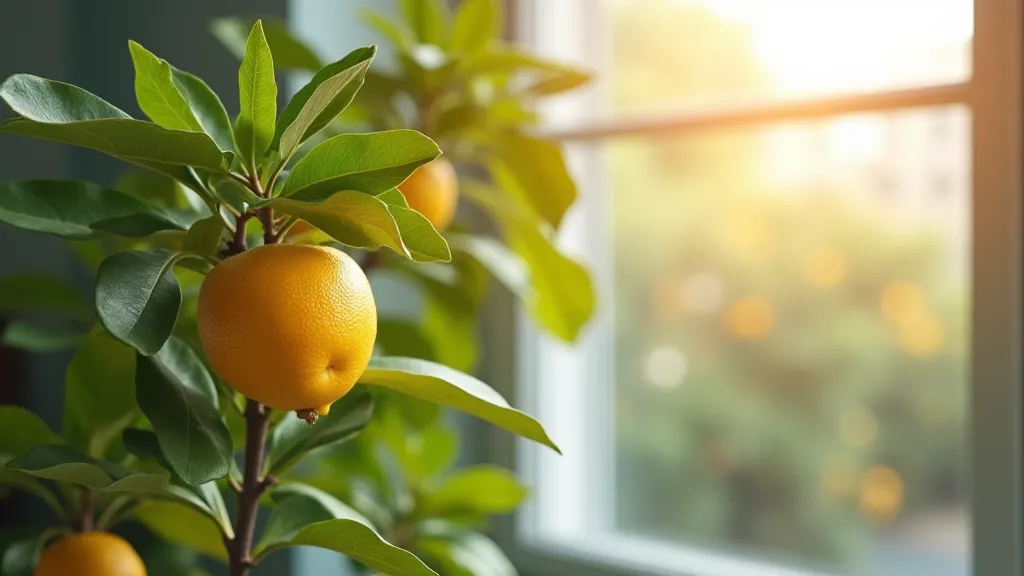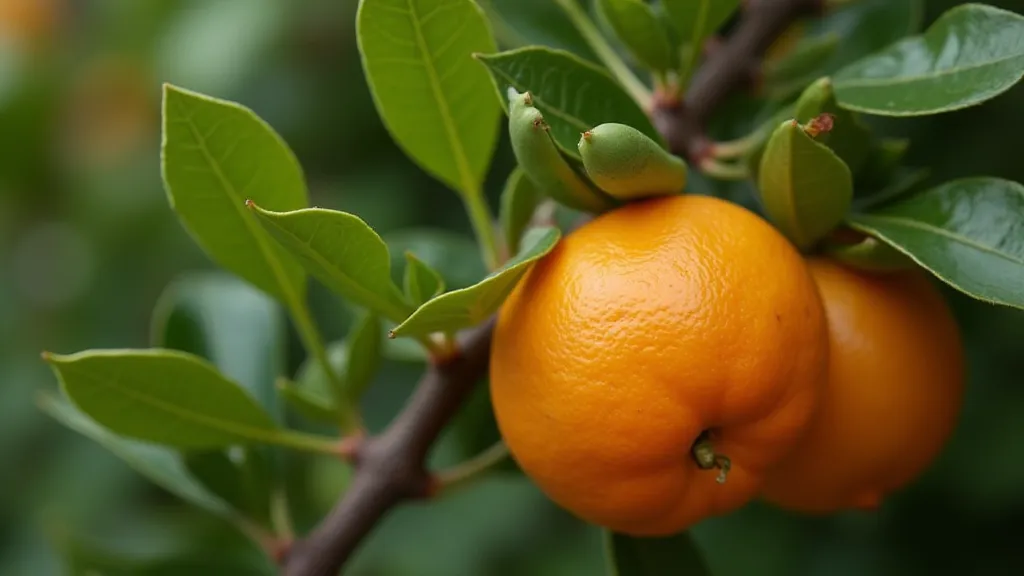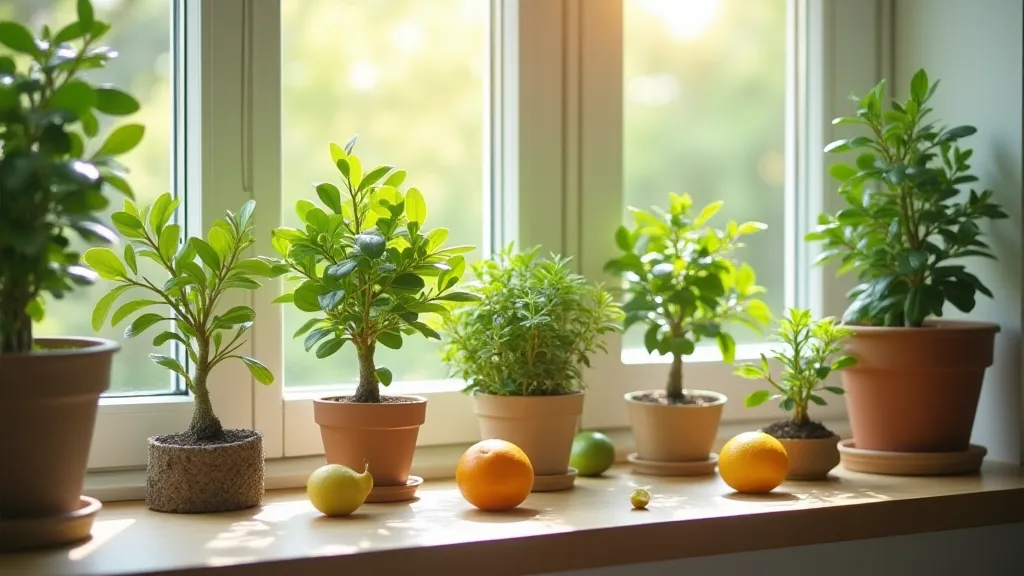Dwarf Citrus Trees for Beginners: A Simple Start
Bringing the vibrant scent and beautiful fruit of citrus trees into your home might seem daunting, but it's surprisingly achievable, even for beginners! This guide breaks down the essentials of growing dwarf citrus trees indoors, providing you with easy-to-follow tips and advice to ensure a successful and rewarding experience. Forget the fear, and let's get started!
Choosing Your Dwarf Citrus Tree
Not all citrus trees are created equal. When selecting a dwarf variety, consider these popular choices:
- Lemon Meyer: A fantastic choice known for its sweeter, less acidic lemons and consistently blooms.
- Lime (Key or Persian): Offers a burst of vibrant green and the tangy flavor of limes.
- Orange (Calamondin): Produces abundant, small oranges, perfect for zest and flavoring.
- Kumquat: Unique and delicious, kumquats can be eaten whole (skin and all!).
Look for healthy, compact trees with vibrant green leaves. Avoid trees with yellowing leaves or signs of pests.

Essential Care: The Basics
Light
Citrus trees love light! Aim for at least 6-8 hours of direct sunlight daily. A south-facing window is ideal. If natural light is limited, consider using grow lights to supplement. Rotate your tree regularly to ensure even growth.
Watering
Water deeply when the top inch or two of soil feels dry to the touch. Avoid overwatering, as this can lead to root rot. Ensure your pot has excellent drainage.
Soil
Use a well-draining potting mix specifically formulated for citrus trees or a mix of potting soil, perlite, and peat moss.
Fertilizing
Feed your citrus tree with a citrus-specific fertilizer during the growing season (spring and summer). Follow the instructions on the fertilizer package carefully. Reduce or eliminate fertilizing during the dormant season (fall and winter).
Humidity
Citrus trees appreciate higher humidity. If your home is dry, especially during winter, consider using a humidifier or misting your tree regularly.
Dealing with Common Issues
Leaf Drop
Leaf drop can be caused by several factors, including changes in temperature or light, underwatering, or overwatering. Observe your tree carefully to identify the cause and adjust your care accordingly.
Pests
Common citrus pests include aphids, spider mites, and scale. Inspect your tree regularly for signs of infestation. Treat infestations promptly with insecticidal soap or neem oil.

Repotting Your Dwarf Citrus Tree
As your tree grows, it will eventually need to be repotted into a larger container. Repot when the roots become pot-bound (when they circle the inside of the pot). Choose a pot that is slightly larger than the previous one and use fresh potting mix.
Patience and Enjoyment
Growing citrus trees indoors takes time and patience. Don't be discouraged if you encounter challenges along the way. Enjoy the process of nurturing your tree and savor the satisfaction of harvesting your own fresh, homegrown citrus!
Bringing the Outdoors In
Growing dwarf citrus trees indoors brings a touch of the outdoors into your home, providing beauty, fragrance, and the delicious reward of homegrown fruit. With a little care and attention, you can enjoy the benefits of these amazing plants for years to come.






